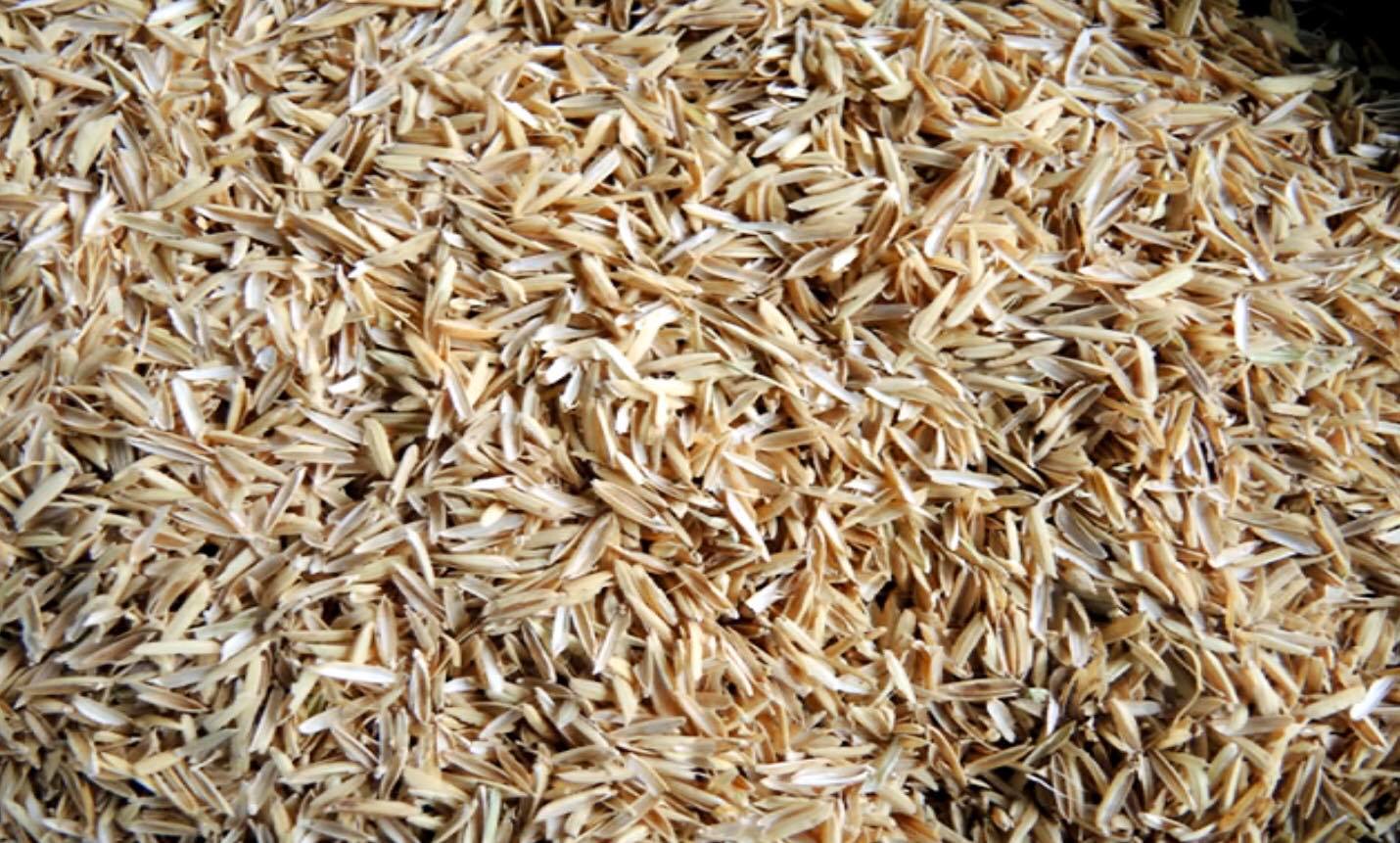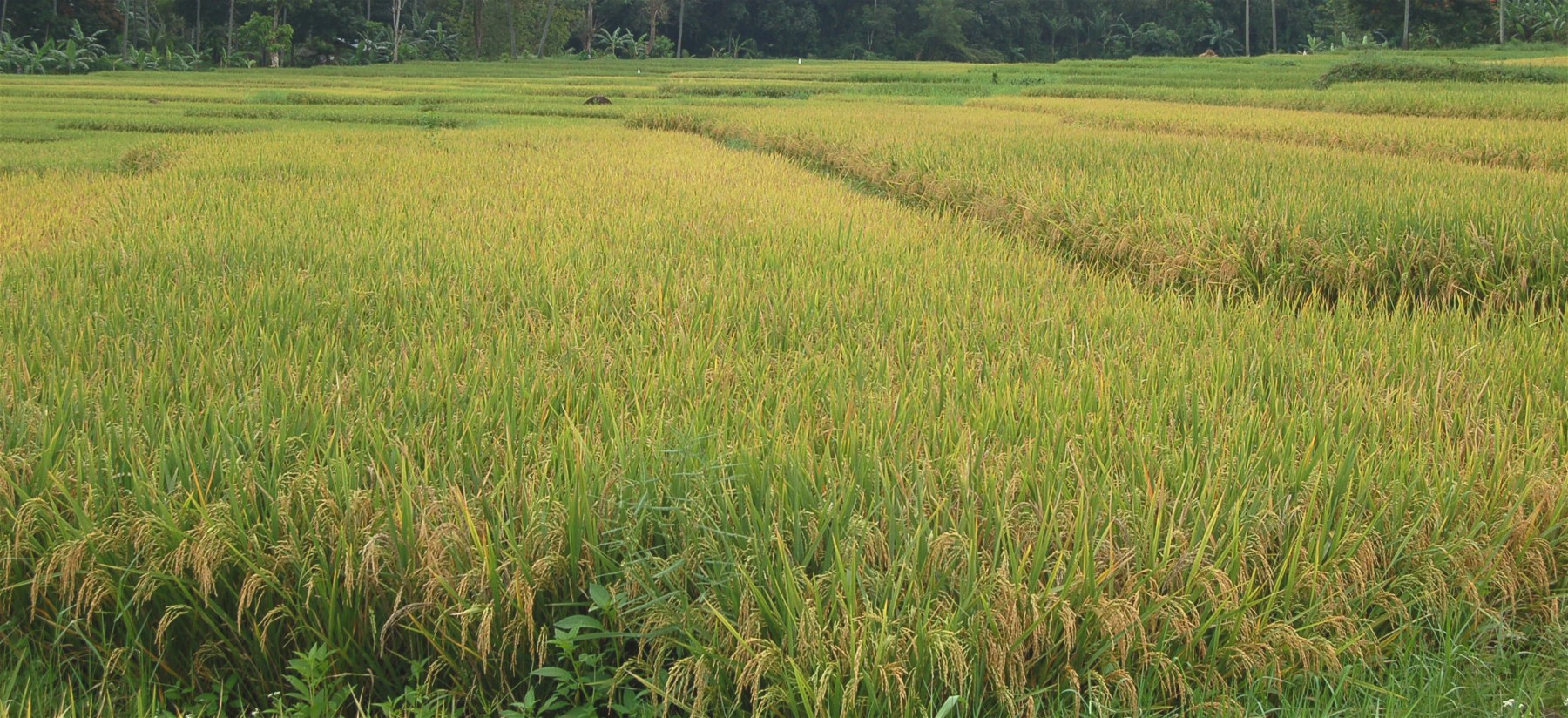Text and Photos by Henrylito D. Tacio
Additional Photo: IRRI
“If we did not have rice, our deepest comfort food,” the late food columnist Doreen Fernandez once wrote, “we would probably feel less Filipino.”
With rice as the staple food of Filipinos, it’s not surprising that the Philippines is among the world’s top producers of rice. In 2018, the country ranked eighth in global rice production, according to the UN Food and Agriculture Organization (FAO).
On average, Filipinos consume 114-120 kilograms of rice per capita per year. That’s almost double the world average of 65 kilograms per capita per year, according to Dr. Eufemio Rasco, Jr., former director of the Philippine Rice Research Institute (PhilRice).
Rice is widely grown in Luzon, Western Visayas, Southern Mindanao, and Central Mindanao. For the past two decades, rice production has increased considerably from 12 metric tons in 1999 to 19 metric tons in 2008.
Rice is among the country’s top users of water. The Laguna-based International Rice Research Institute (IRRI) says a farmer needs about a thousand gallons of water to raise a ton of rice.
Rice also produces a lot of waste. Aside from rice straw, the other biggest waste from producing rice is rice hull, a major by-product of the rice milling industry. The estimated production of rice hulls in the country is about two million tons annually.
Rice hull, which constitutes about 20 to 22 percent by weight of the grain, is the coating for the seeds (palay) of the rice plant. To protect the seed during the growing season, the hull is made of hard materials.
As it is hard, the hull is mostly indigestible to humans. In fact, rice hulls are considered waste, which is dumped into open fields and waterways or burned in dumping grounds.
But rice hulls – also called rice husk – should not be treated as useless. There are several uses of rice hulls. For one, it is a good source of energy. A ton of rice hull is equivalent to 318 liters of fuel. With a heating value of 13,900 kilojoules per kilogram, rice hulls can sum up to this volume given ideal conditions.
A study conducted by the Bureau of Post-Harvest Research and Extension (BPRE), a line agency of the Department of Agriculture, showed that farmers and rice millers can save money every time they use their batch recirculating dryers by retrofitting it with a rice hull-fired furnace.
In the past, batch recirculating dryers were originally designed to use kerosene as a source of heat for drying. However, their utilization has become minimal as a result of spiraling prices of fossil fuels like kerosene. Mechanical dryers typically require about 0.75 liters of kerosene per bag of wet palay, constituting about 80% of the total operating cost of batch recirculating dryers.


Engr. Edgar D. Flores and his study collaborators – engineers Nestor T. Asuncion, Wryan Quiet Z. Viloria, Robelyn E. Daquila, Romualdo C. Martinez, and Ruben E. Manalabe – thought that the cost of drying could be substantially reduced if a cheaper fuel is used as a source of heating.
So, they decided to develop a rice hull-fed furnace that can be retrofitted to presently installed batch recirculating rice dryers. The furnace has an automatic feeding mechanism synchronized with ash removal, thereby facilitating continuous combustion. It also has a temperature controller, which regulates and maintains uniform drying air temperature throughout the drying operation.
Likewise, the furnace has a heat exchanger that delivers clean air to the products being dried. Moreover, it has a fly ash scrubber that controls the emission of fly ash.
The heating efficiency of this rice hull-fed furnace meets the required standard set by the Philippine Society of Agricultural Engineers for indirect-fired furnaces. The emission of fly ash from this furnace – 15.1 milligrams per normal cubic meter (mg/NCM) – is very much below the maximum limit set by the Department of Environment and Natural Resources, which is 200 mg/NCM.
Fortunately, the BPRE-developed rice hull-fed furnace can be retrofitted to two adjacent batch recirculating rice dryers and operated simultaneously. With this scheme, about 160 to 180 liters of kerosene costing can be saved per batch of drying.
Rice hulls can also be used as burner fuel for drying activities and domestic stoves in raw form or briquettes. In Nueva Ecija, where rice hulls are abundant, residents find it a good source of cooking fuel.
Some studies have shown that a rice hull is a good energy source for hot water heaters and boilers to generate steam. Some rice mills originally dispose of the hulls in this way. In San Jose City, Nueva Ecija, a farmer has developed a rice hull-fueled steam engine for this purpose.
It has been discovered that the ash produced after the hulls have been burned in the open fields is high in silica. A number of possible uses are being investigated for this, among them: aggregates and fillers for concrete and board production; absorbents for oils and chemicals; soil ameliorants; as a source of silicon; and as an insulation material for homes and refrigerants.
Some Filipino researchers have discovered rice hull ash (RHA) as a suitable cement binder in the manufacture of hollow blocks. Adding 10% to 20% ground gray or white ash to ordinary cement does not affect the strength of the construction materials compared to 100% cement. This is because researchers say, rice hulls contain more than 87% silica. Adding 30% RHA by weight or 50% RHA by volume to ordinary cement in the manufacture of roof tiles makes the materials light, porous, and hard but brittle.
“The high silica content of RHA makes it a good additive for the steel and concrete industries,” the IRRI points out.
Another product that is becoming increasingly popular is the carbonized rice hull (CRH). To produce CRH, raw rice hulls are burned without air so that they will not turn into ash. CRH is sterile and is free from disease organisms.
At the PhilRice in Nueva Ecija, there was once a showcase of a pigpen where CRH, about one foot deep, serves as flooring instead of the usual cement floor. The pigpen didn’t have to be washed with water every day. In fact, it does not get washed for the entire growing period of four months.
“The manure and urine of the pigs get buried in the carbonized rice hull,” PhilRice said. “The usual foul smell is practically eliminated. And when the pigs attain market size and are sold, the litter is collected and used as organic fertilizer for vegetables, rice and other crops.”
As organic fertilizer, CRH is also very useful in rice farming. Twenty bags of CRH combined with other organic fertilizer or compost may be applied in one hectare. It could be plowed in during land preparation.
“This will make the land not only more porous for better plant growth; it will also enable the soil to retain the moisture much longer,” the study showed. “Thus, when there is a prolonged dry spell, the rice plants will be able to survive the rainless period longer.”
The high lignin content of rice hulls can make composting a slow process. Some farmers put earthworms to accelerate the process. Using vermicomposting techniques, the hulls can be converted to fertilizer in about four months.
In some parts of the world, rice hulls are used as pillow stuffing. The pillows are loosely stuffed and considered therapeutic as they retain the shape of the head. In China, where these pillows have become popular, it is considered a luxury item.
In some industries, rice hulls are also useful. In brewing beer, for instance, they are used to increase the lautering ability of a mash. In the United States, rice hulls are used as a “press aid” to improve the extraction efficiency of apple pressing.
“Intensifying rice hull use will have a great impact on the economy,” commented one researcher. “Tapping more of this ‘waste’ and less of fossil-based fuels will significantly reduce energy costs. In the rice processing industry, this usually represents 50 to 60 percent of the total drying cost.”

